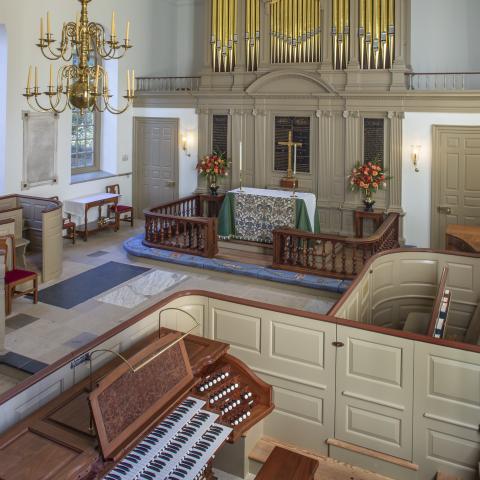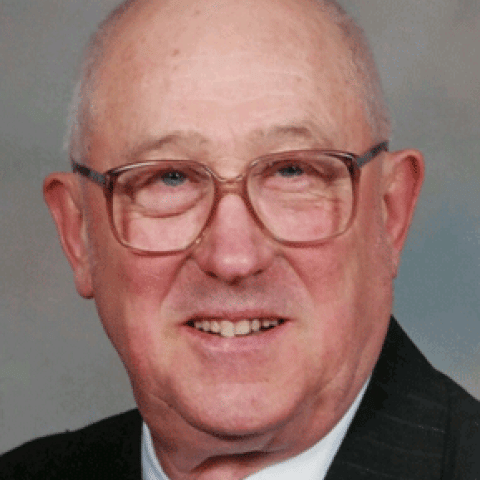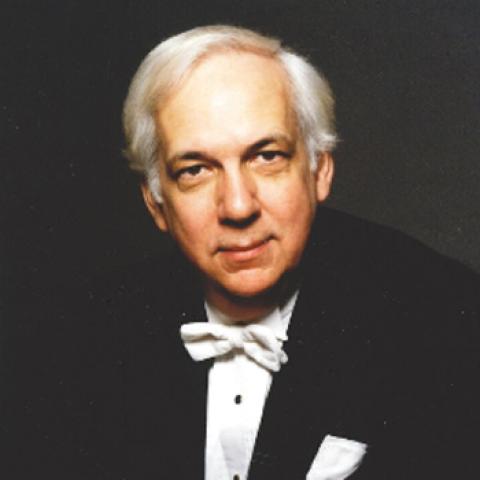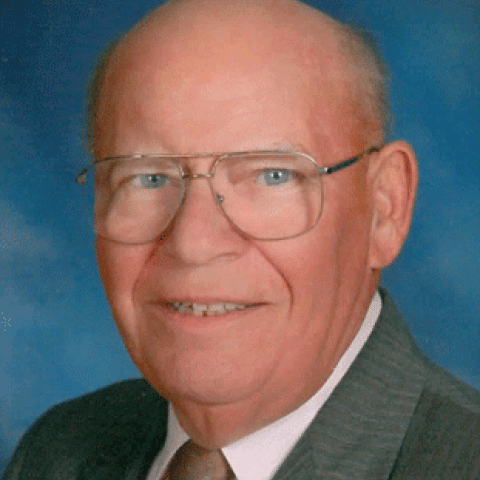
James Sands “Jock” Darling, Jr., organist, choirmaster, and music director, died January 26, 2021, in Williamsburg, Virginia. Born May 29, 1929, in Hampton, Virginia, he attended Christchurch School, Middlesex County, Virginia, and graduated from Phillips Academy, Andover, Massachusetts, in 1946. He attended Yale University, New Haven, Connecticut, where he earned undergraduate degrees in music theory and piano in 1950 and 1951, and in 1954 he completed a master’s degree in organ at University of Michigan, Ann Arbor. On January 31, 1953, he married Mary Lee Oliver of Gloucester, Virginia.
From 1954 to 1961 he was organist and choir director at Plymouth Church, Shaker Heights, Ohio, and from 1961 to 2006, he held the position of organist and choirmaster at Bruton Parish Church, Williamsburg. At Bruton Parish Church, Darling directed an active program in music for all ages, including offerings for adult, boys, and girls choirs, as well as approximately 125 candlelight concerts annually, which were performed by himself, Bruton Parish associates, local musicians, and visiting artists. He taught organ and harpsichord at the College of William and Mary, Williamsburg, and as music consultant for Colonial Williamsburg Foundation, he presented many concerts in the Governor’s Palace and other historic buildings, often playing and conducting in colonial costume. Among the dignitaries who attended his recitals are four United States presidents and several heads of state. As a guest artist, he also performed throughout the United States and in Europe. Darling published numerous recordings of colonial period music and edited four publications of keyboard music for the Colonial Williamsburg Foundation. In 2003, he authored Let the Anthems Swell, a monograph on the history of music at Bruton Parish Church. He especially enjoyed offering the Saturday morning recitals in William and Mary’s historic Wren Chapel on an 18th-century English chamber organ. This concert series, which he initiated in 1971, continues to this day.
The Darling residence was a musical center, where the family hosted gatherings of visiting musicians, instrument makers, choirs, and for a time, the Wednesday morning meetings of the Williamsburg Music Club, which he helped found in 1964.
James S. Darling is survived by his sister Sarah Winfree “Sally” Darling; children Elizabeth Ann Darling, Russell Christian Darling, James Andrew Darling, Jonathan Lee Darling, Sarah Trevilian Darling, and their spouses and partners; grandchildren Scott Christian Darling, Christina Elizabeth Brown, Joseph Sands Darling, and Kathryn Joan Darling; and great-grandchildren Chloe and Caelynn Brown. His wife of 67 years, Mary Lee Oliver Darling, preceded him in death on January 13 of this year.
A memorial service will be held at Bruton Parish Church at a future date. Donations in James S. Darling’s memory may be made to Bruton Parish Church (brutonparish.org) or the Organ Historical Society (organhistoricalsociety.org).
Other recent obituaries:






